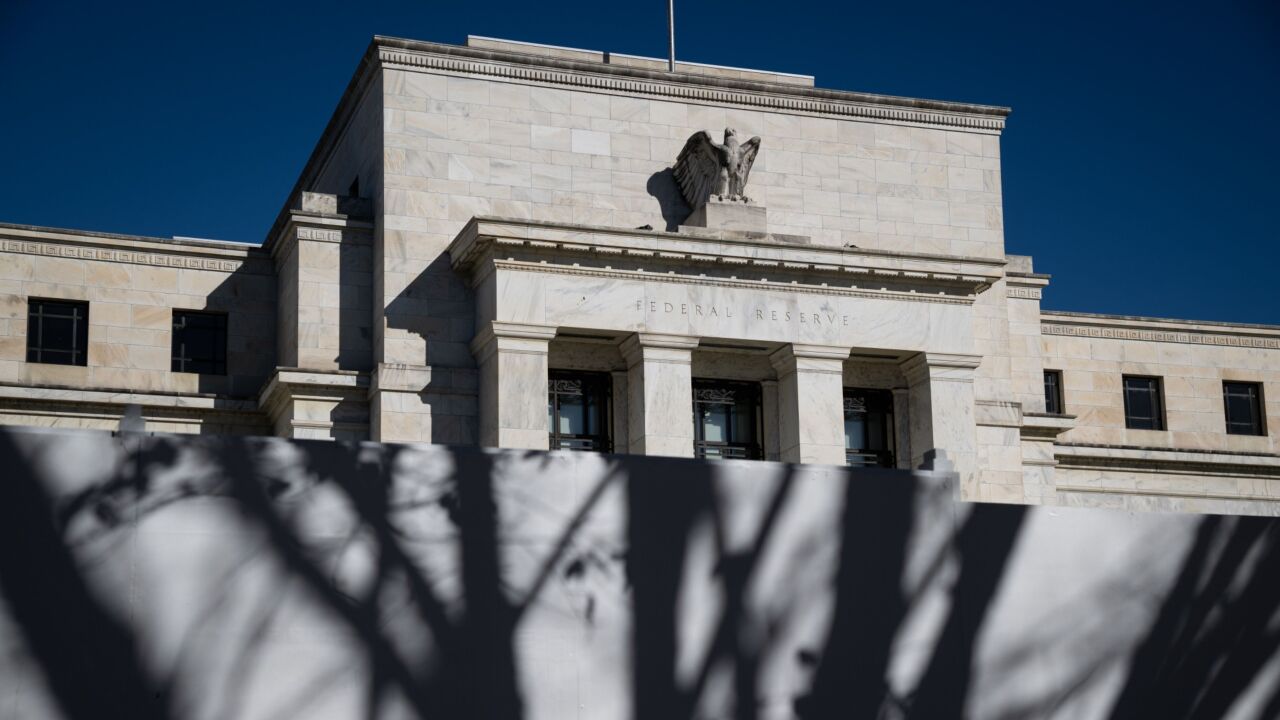Wells Fargo & Co. says the service it introduced this week for converting checks to automated clearing house debits at the retail lockbox provides a benefit beyond faster payments: Earlier notice of nonpayments, especially for credit cards, which allows a company to cut off credit lines sooner and guard against fraud.
Card issuers have long been heavy users of lockbox services, where customer payments are processed for large billers. But now that lockbox conversion is becoming a reality, the fast return of bounced checks can alert billers sooner about credit risks. That makes accounts receivable conversion, or ARC, more beneficial to issuers than it would be to, say, an electric utility.
"I think that is the sweet spot for ARC if you look at the early adopters," said Keith Theisen, a senior vice president and group manager at Wells Fargo, which announced the nationwide rollout of its lockbox conversion service on Tuesday. "They can do the whole business case for ARC based on the improved information they get on ARC returns."
Laura Lee Orcutt, a Wells vice president and ACH product manager, said that when issuers use those returns as a risk management tool, "they can eliminate the buying power on the credit lines faster than they can with paper payments."
Mr. Theisen said its card services unit has reduced chargeoffs by 15% to 20% among the cardholders whose payments have been converted. "That's a multimillion-dollar savings when you're talking about chargeoffs."
To date about 75% of Wells Fargo's check conversion volume (one million transactions a month) is coming from its own credit card and mortgage businesses, Ms. Orcutt said. But it is working with five outside customers now, and by yearend it is hopes to be converting 10 million checks a month, half of them for outside customers.
To make the conversion process work effectively for risk management, Wells needed a highly efficient process for routing the ACH debits back to the customer's bank account, executives there said.
In a 2001 pilot, it suffered an "administrative return" rate as high as 10%, because the receiving institution was unable to match electronic transactions against the customer's account. "That defeats a lot of the business benefit of doing ARC," Mr. Theisen said.
To reduce those returns, Wells built a "Perfect Parsing" database to track the many details of ACH and check processing. That growing database of check and ACH systems of receiving institutions is the backbone of its ACH conversion system.
Ms. Orcutt said the directory contains details such as whether a credit union outsources check payments to one processor and ACH transactions to another, or whether an institution strips leading zeroes off account numbers. Wells has applied for patent protection for its processes.
By the time a commercial pilot, using a group of its cardholders who make a combined 150,000 payments a month, ended in August, bankers were able to get the administrative return rate down to 0.25%, and now the rate has dipped as low as 0.1%, Mr. Theisen said.
Ms. Orcutt said check conversion helps billers in another way. If a consumer writes several checks but does not have enough funds to cover them all, "the electronic payments are going to get processed first," she said.
And to process payments that are returned for insufficient funds, the Wells Fargo system includes an automatic representment feature. The biller can make a second presentment in anywhere from two to nine days, in case a customer was attempting to cover the check with, say, a later payroll deposit. So far Wells has found that four days is optimum for a second attempt to settle a payment, she said. "It's allowing us to get these really good collection rates."
Other payment experts say they see the same potential in the service.
Elliott C. McEntee, the president and chief executive officer of Nacha, the electronic payments association, said he has heard from several institutions that "the benefit of the faster returns is enough to justify moving ahead with this product."
If an ACH return shows that a checking account has been closed, it can raise a red flag for a biller, he said.
Maggie Scarborough, a senior analyst at Financial Insights Inc. (which was known as Meridien Research Inc. until International Data Corp. bought it in November), said the complexities of check conversion could give the largest ACH originators a competitive advantage. "Smart banks will figure out how to process check conversion as efficiently as possible, and they're going to resell their services."
J.P. Morgan Chase & Co., Bank One Corp., and others have rolled out national ARC programs, she said.





